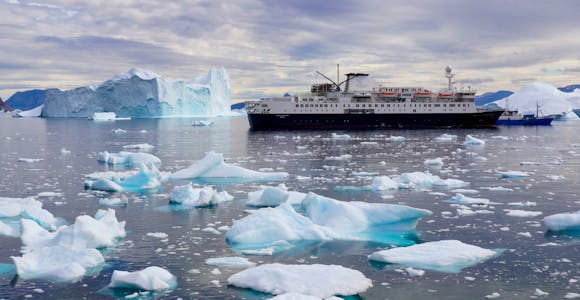
Northwest Passage Ships
Sailing on an expedition ship gives you unparalleled access to the remote coastlines, icy channels and colourful, scattered communities of the Northwest Passage. Whether …
Discover MoreSpecial Offers Available: Swoop has access to the widest range of offers and can help you find the right trip, cabin, & price.
Expert impartial advice at no extra cost: no-nonsense advice on 500 voyages across 25 ships
The Arctic Experts. No Compromises: there’s no question we can’t answer
The only B Corp certified Arctic specialist: so your adventures can be a force for good
A full concierge service, unlike booking direct: we leave nothing to chance in delivering your perfect trip
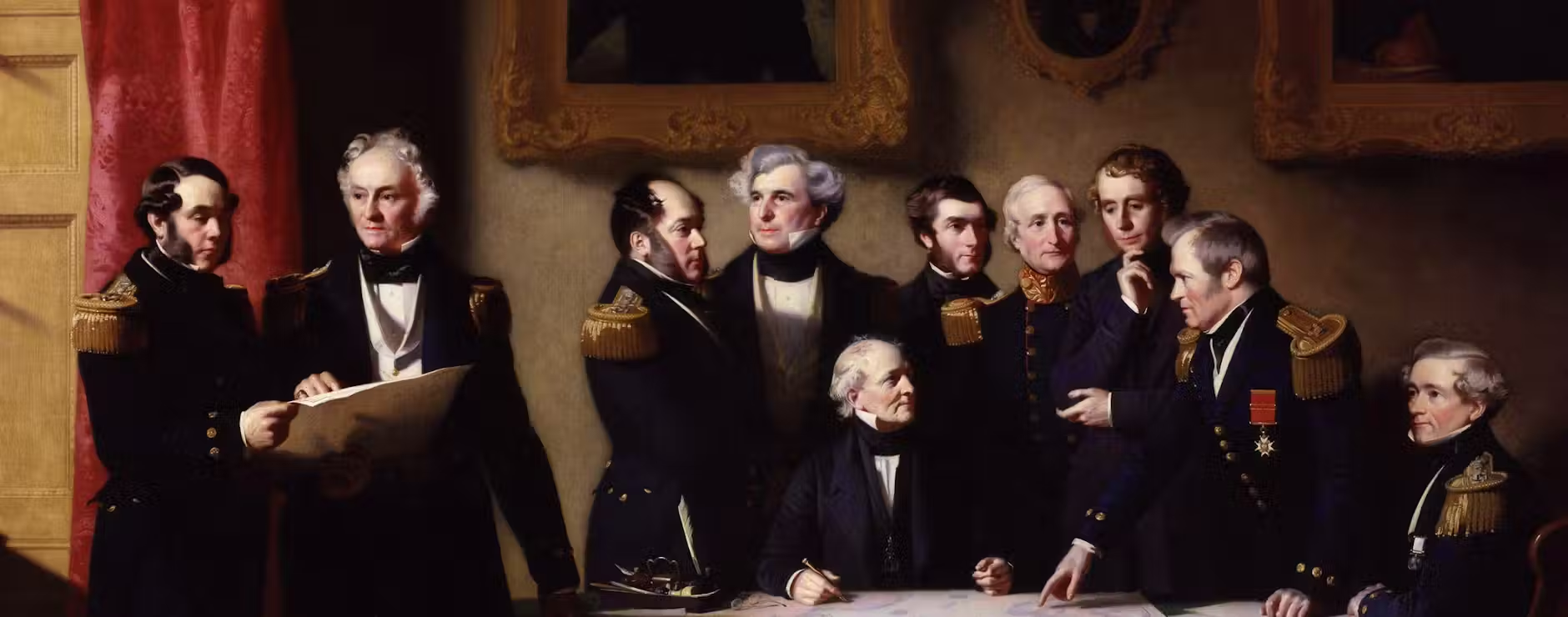
The quest to discover a shortcut to the riches of the Orient drove the early explorers to the American Arctic. The obsession lasted centuries and claimed the lives of countless mariners hoping to be greeted with fame and fortune should they discover a way through the ice.
Special Offers:Swoop has access to the widest range of offers and can help you find the right trip, cabin, & price.

Traversing west to east this voyage takes you to iconic sites such as Cambridge Bay, Lancaster and Smith Sounds and Ellesmere Island, before exploring the fjords and towns of West Greenland. Bears, narwhal, musk ox, beluga and northern lights are…
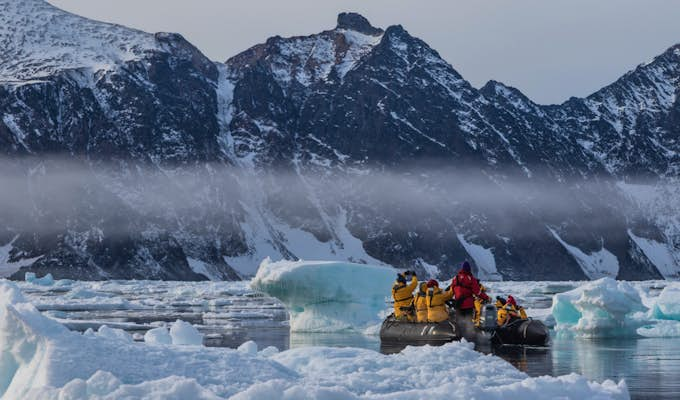
This comprehensive westbound voyage stands out for its compelling combination of West Greenland, the east coast of Baffin Island and the historic Northwest Passage. Jaw-dropping scenery, towering icebergs, thrilling wildlife encounters, Inuit community visits and fascinating history pervade this epic…
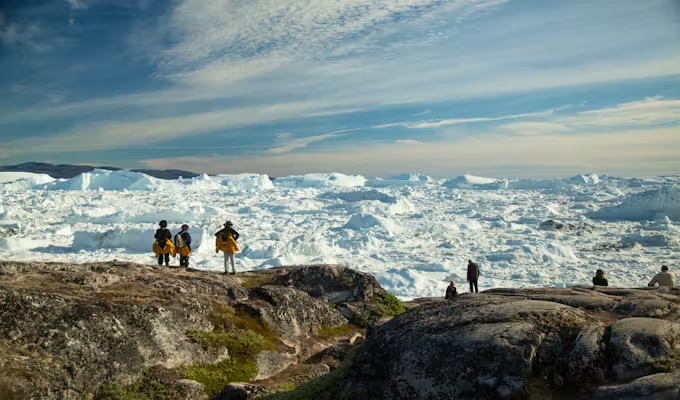
Spending time exploring Canada’s historic Northwest Passage and West Greenland, we like this voyage’s balance and variety as much as exploring little visited spots such as Thule, one of the northernmost towns in the world, and Smith Sound. Big ice,…
Martin Frobisher arguably made the first attempted discovery of the Northwest Passage in 1576, however, he was famously misled by fools gold. Then the British mariner James Knight, hoping to conclusively determine the existence of a navigable Northwest Passage, mysteriously disappeared during his voyage in 1721. A sinister prelude to Franklin’s Expedition a century later.
In 1778, Captain Cook was tasked with finally answering the question of the Passage by attempting to discover an Eastern entrance. Forced back by pack ice, Cook turned back to Hawaii where he would be met by a gruesome fate.
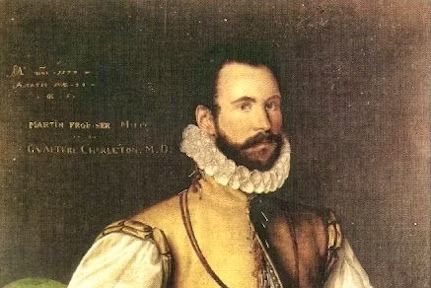
By the beginning of the 19th Century, there was still no conclusive answer to the question of a Northwest Passage. Following the defeat of Napoleon, the Royal Navy sought a new challenge and conquering the Northwest Passage would prove to be it’s greatest. The officers selected to partake in this great enterprise would go on to define a new age of Arctic exploration: John Ross, William Edward Parry, John Franklin and James Clark Ross.
Despite their heroic attempts, all of these great explorers failed to complete the Passage. However, their efforts filled in the many blanks of the North American Arctic and revolutionised our understanding of the Polar Regions.
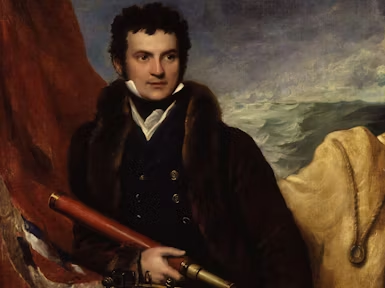
Franklin’s 1845 scientific expedition was set to be the last great hurrah to navigate the Northwest Passage. Venturing into the American Arctic, none of the 129 crew would ever be seen again. The men of HMS Erebus and HMS Terror would suffer a fate so horrific that the truth was too shocking for Victorian society to accept.
Much remains a mystery, but the presence of lead in a recent toxicology report of two of Franklin's men found at Beechey Island in 1981, and the final discovery of the HMS Erebus and HMS Terror by 2016, have helped to unravel one of the world's greatest mysteries. But the question still remains, what really happened to Franklin’s Lost Expedition?
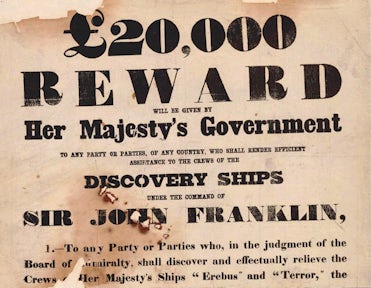
The first Transit of the Northwest Passage was, ironically, by accident. Royal Naval officer Robert McClure, hoping to discover Franklin and his lost expedition, sailed into the Passage from the East and became trapped in the ice. He was finally rescued by a relief sledding party in 1853, who had entered the passage from the West.
However, it wasn't until fifty years later that the legendary Norwegian Polar explorer, Ronald Amundsen, finally completed the journey from the Atlantic to Pacific onboard the same vessel, the Gjøa, (1903-1906). Hundreds of lives had been lost in the pursuit of this goal and the route through the ice had finally been discovered.
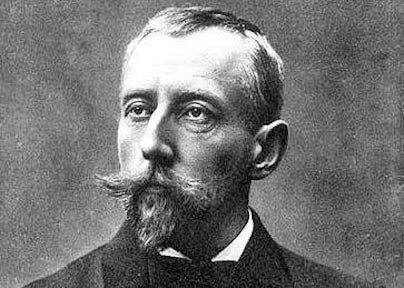
The Greenlandic anthropologist Knud Rasmussen completed the first crossing by Dog Sled during the Fifth Thule Expedition (1921-1924) whilst exploring the Inuit communities of the Canadian Arctic. Henry Larsen led the second successful (but not without adversity) expedition to sail through the Northwest Passage onboard St Roch in October 1942.
In 1981, as part of the Transglobe Expedition, Ranulph Fiennes and Charles Burton completed the first transit in an open boat from West to East. Three years later and 140 years after Franklin’s fateful voyage, the M/S Quest became the first commercial passenger vessel to successfully complete the Northwest Passage.
Today, the transit is attempted by still very few ships and it is by no means guaranteed that the ice will enable access.
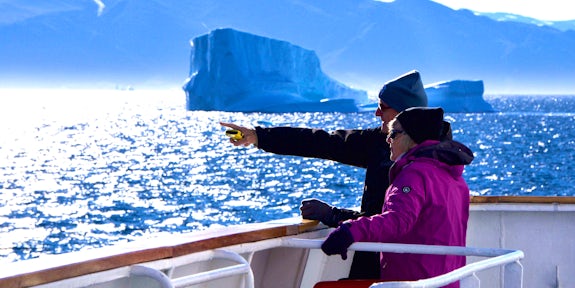
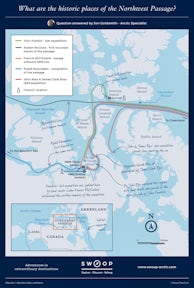

Sailing on an expedition ship gives you unparalleled access to the remote coastlines, icy channels and colourful, scattered communities of the Northwest Passage. Whether …
Discover More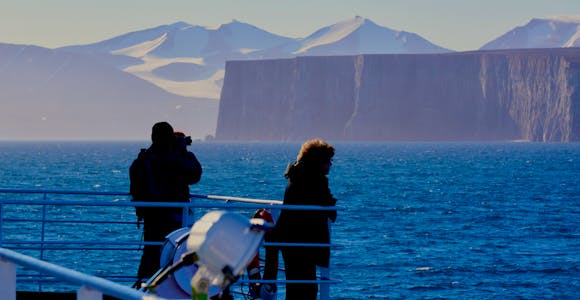
Exploring the Arctic on board an expedition vessel is a fully immersive and educational experience of which the daily landings are a key component. From the thrill of encountering …
Discover More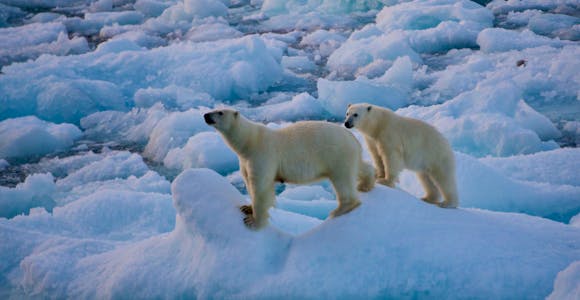
The Northwest Passage may well be known by it's dramatic history; but it's waterways and islands are also home to all of the 'Arctic Big Five'. You'll have the chance to see polar …
Discover More.jpeg?auto=format,enhance,compress&fit=crop&crop=entropy,faces,focalpoint&w=580&h=300)
There’s very good reason why the Northwest Passage is only open to visitors from July to September: it's the only time average temperatures are above freezing, and the ice has …
Discover More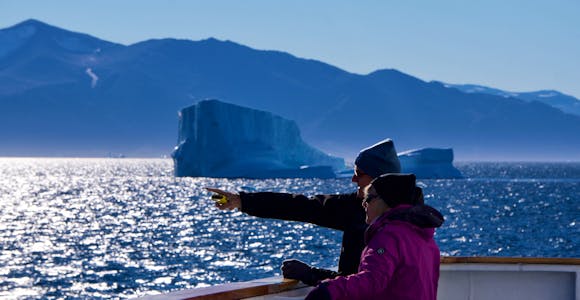
The Northwest Passage, a beautiful and sparsely populated labyrinth of islands stretching from the Atlantic to the Pacific Ocean. Vast distances and limited transport means joining…
Discover More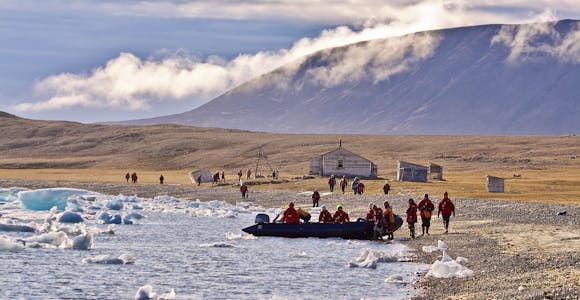
For the explorer, there are few places evocative as the Northwest Passage. For centuries men sought a way through the ice; even today passage is not guaranteed. This is a true …
Discover More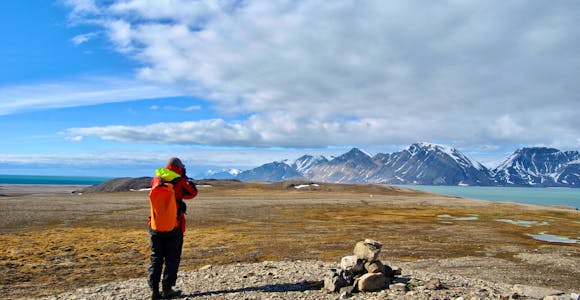
We're all clear on where the Arctic is located and why we want to visit, but its vastness and the sheer variety of experiences on offer can be a real challenge when deciding where …
Discover MoreWe'll spend some time listening to your aspirations, then discuss the kind of experience that might suit you.
Next we'll discuss the options, shortlist the best trips for you and present you our impartial recommendations.
We'll place a 24 hour hold on your preferred option - without obligation - whilst we talk through the details.
Our team of experts are ready to help you with any questions about a trip to the Arctic.
This website uses cookies to ensure you get the best experience on our website. Privacy policy
We don’t charge a commission and there are no hidden fees. Just impartial, expert advice from the leading Polar cruise agent. Schedule a call with our Arctic Experts today.